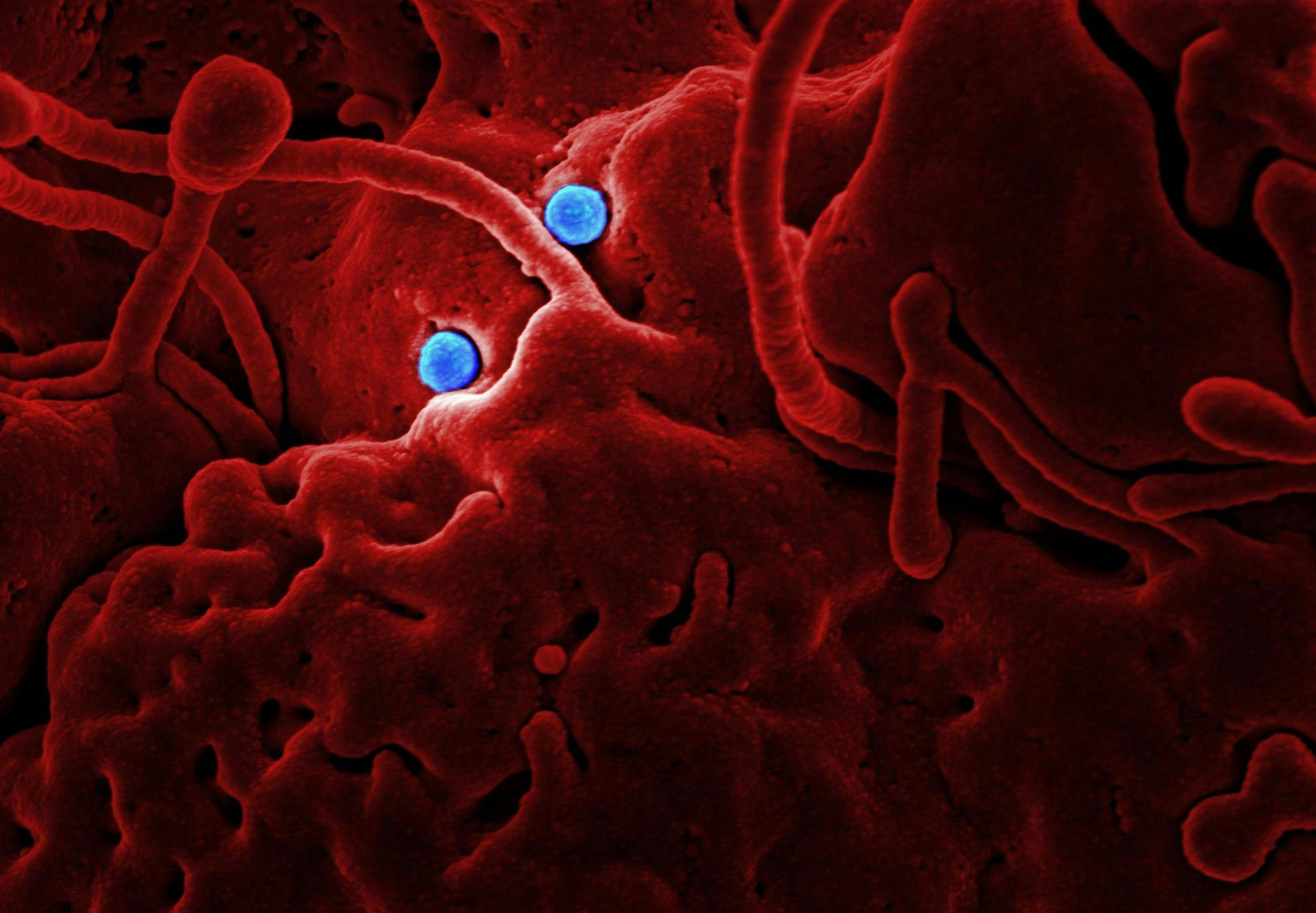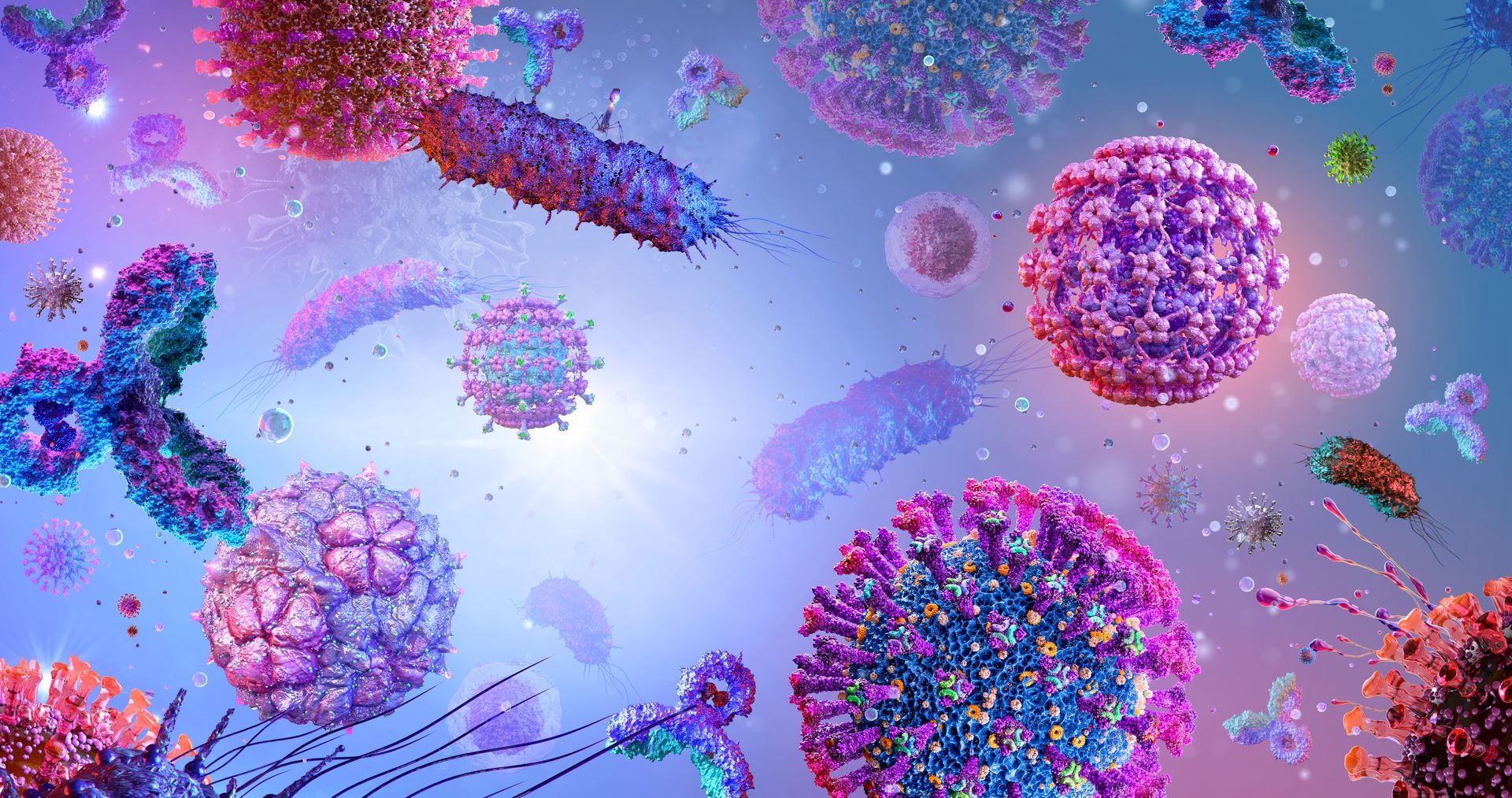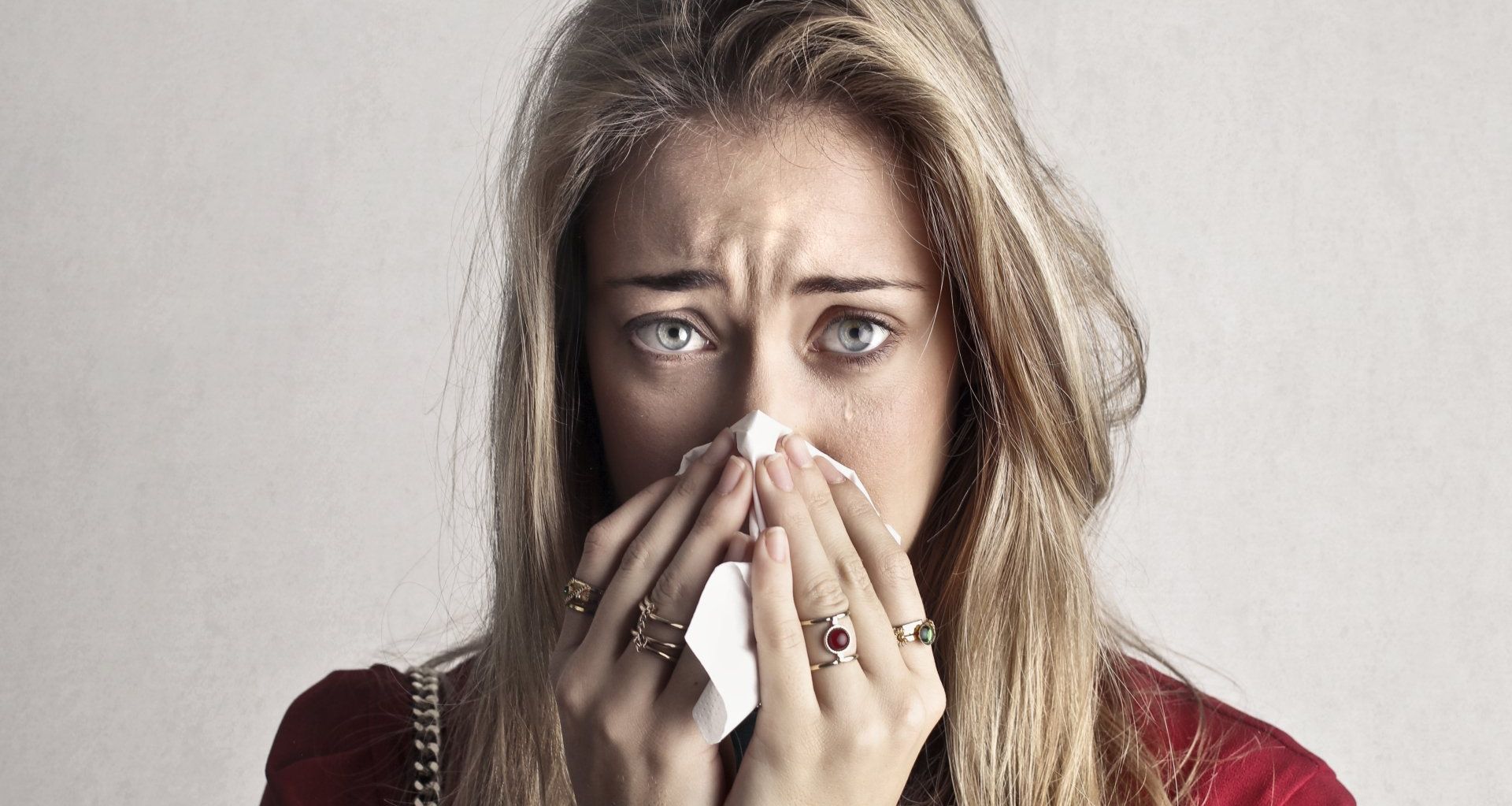Keep guests healthy – UVC disinfection for cruise ships
Once you’re on a cruise the ship it’s your home for the length of the cruise. You might be in the company of literally thousands of other cruisers if it’s a
big ship. Many of the spaces on board are shared, others are below deck or even below the water level so are short on fresh air. But it’s vital to keep cruise accommodation free from harmful germs, and keep indoor public areas like on-board theatres, gyms, spas and restaurants safe from pathogens.
Why does cruise ship disinfection matter?
On a ship, where people are in close quarters and feeling extra-sociable, disease can spread like wildfire. Large numbers of people in close proximity means person-to-person diseases tend to spread faster. If an infectious agent gets on board it can be distributed right across the ship. Add the fact that the average cruise ship passenger is over 45 years old and often has chronic medical problems, and you can see why safety from infection is paramount.
The majority of cruise ship infections involve respiratory and gastrointestinal infections. There have been many cases of cruise ships having to stop and go home because a viral outbreak has made hundreds of people ill. Take American Cruise Lines, which in 2021-22 was struggling to contain an outbreak of Legionnaire’s Disease amongst guests. The disease, a form of pneumonia, can lurk in shower water, hot tubs, spas and places where water is stored. Warm water in a hot tub or spa, for example, provides the ideal breeding ground for bacteria, viruses, and fungi.
The legionella bacterium can even travel in water vapour from the ship’s air conditioning system, exposing everybody on board to the risk. Then there’s Pontiac fever, a type of Legionnaires’ disease responsible for nasty flu-like symptoms.
Norovirus isn’t uncommon on cruise ships either, laying passengers low with vomiting or diarrhea – or both. The norovirus spreads like wildfire in everyday life, faster in a crowd, and it can kill vulnerable people. E. coli and Salmonella are not unusual on board. And of course the same goes for covid, which more or less turned some cruise ships into hospitals during the worst of the pandemic.
The WHO says flu is also a problem on cruise ships, and it can happen at any time of year rather than being seasonal, simply because cruises carry people around the world, crossing seasons as they go from the northern to the southern hemisphere. If you’re vulnerable, a bout of flu can prove fatal. Lastly, there’s a risk of Hepatitis A in contaminated food, water, or poo. It feels like flu at first but it can leave people with severe liver damage.
None of this is good for passengers, and it’s also bad for the cruise ship business itself. The company could be sued if someone dies, and payouts for compensation can be enormous. Luckily cruise holiday companies can harness the extraordinary power of natural light to cut down on harsh industrial chemicals and keep cruise ships and the people who sail in them – including staff – safe.
A collection of different units covering every circumstance on board
UVC light kills all of the above pathogens stone dead in no time. Perfect for cruise ships, we have a clever
air duct steriliser to keep people safe. From the second you turn it on the unit delivers an immediate and significant reduction in contamination, and it keeps getting better the longer the unit is in operation. As a result of the UV Sanitised air it creates there’s a direct improvement in the environment’s occupational health, safety, and comfort.
That’s just one of
a suite of UVC sterilising units designed to clean the air with powerful, safe UVC light emitted by low-cost, high efficiency LED bulbs. There’s a unity for every eventuality, and they’re low-cost as well as cheap to run with barely any maintenance. If you run a cruise ship and want to future-proof it for your passengers and staff, we’ll be pleased to explore the potential with you.










